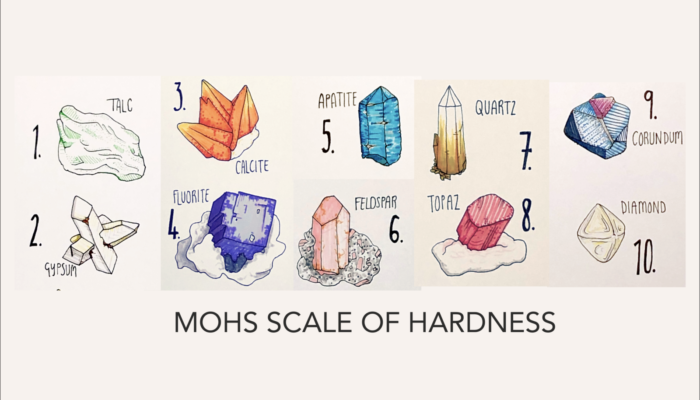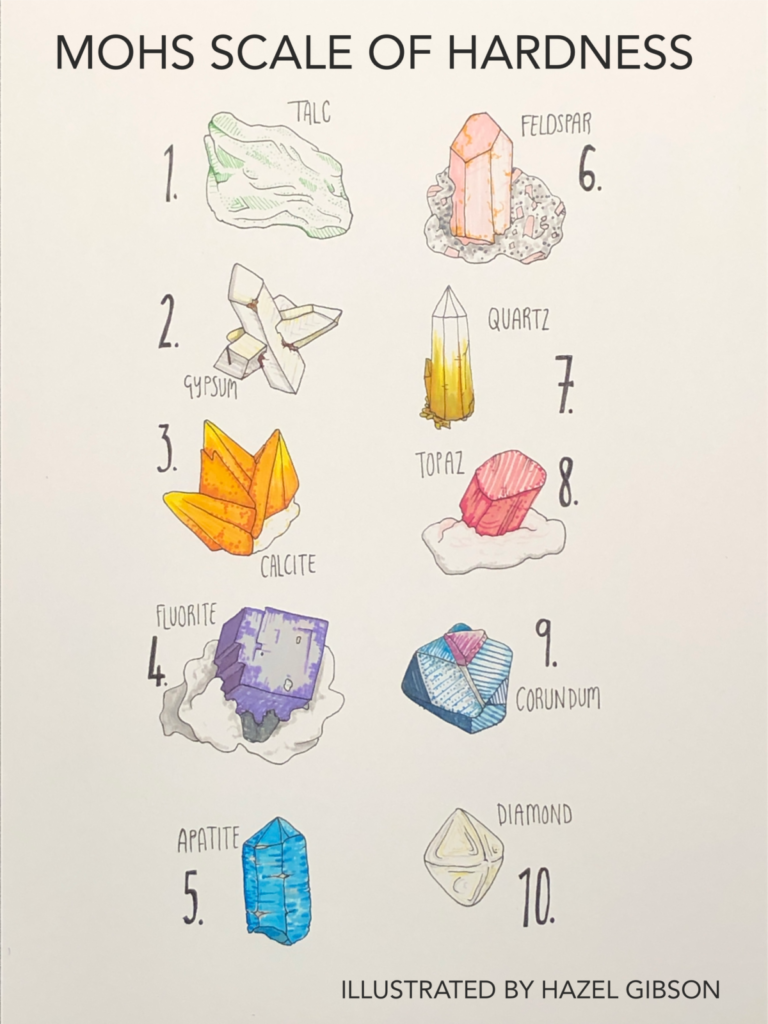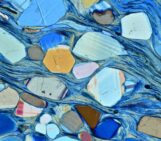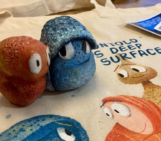
One of the most famous identification methods in the study of mineralogy is the Mohs Scale of Hardness. A comparative scale, based on the hardness of each mineral, it is a way geoscientists can compare minerals to each other and organise them based upon an easily testable physical characteristic. Each level of hardness has a value, from 1 (the softest) to 10 (the hardest) and each number is associated with a mineral example. The hardest, with a Mohs scale of 10 is diamond!
But why do we organise minerals in this way, and who was Friedrich Mohs – the person who invented the whole system?
Born in Germany in 1773 Friedrich Mohs trained as a geologist with a specialism in mining. In 1801 he moved to Austria to work as a mining foreman and was also hired by a wealthy Austrian banker, J.F. van der Null, to curate and identify his vast collection of minerals. He later continued this work at the Joanneum Museum, in Graz, Austria. At the time minerals were mostly classified by their chemical composition, but this wasn’t very consistent, and Friedrich wondered if there wasn’t a better way.
He decided to follow the example of botanists and group minerals together according to their physical characteristics – starting with how hard they were. He was not the first to do so; Pliny the Elder had first compared the hardness of the minerals diamond and quartz to each other in his book Naturalis Historia written in 77AD, and Friedrich decided to continue Pliny the Elder’s ordinal ranking system. Eventually he came up with a set of 10 values of hardness that could all be determined relative to each other using the now-famous scratch test.
Although Mohs’ method of classifying minerals based on their physical properties was not widely accepted at the time, he had a long and successful career in mineralogy, mining and geoscience. He died at age 66, 181 years ago this week, but not without fundamentally changing the way we study minerals to this very day.





